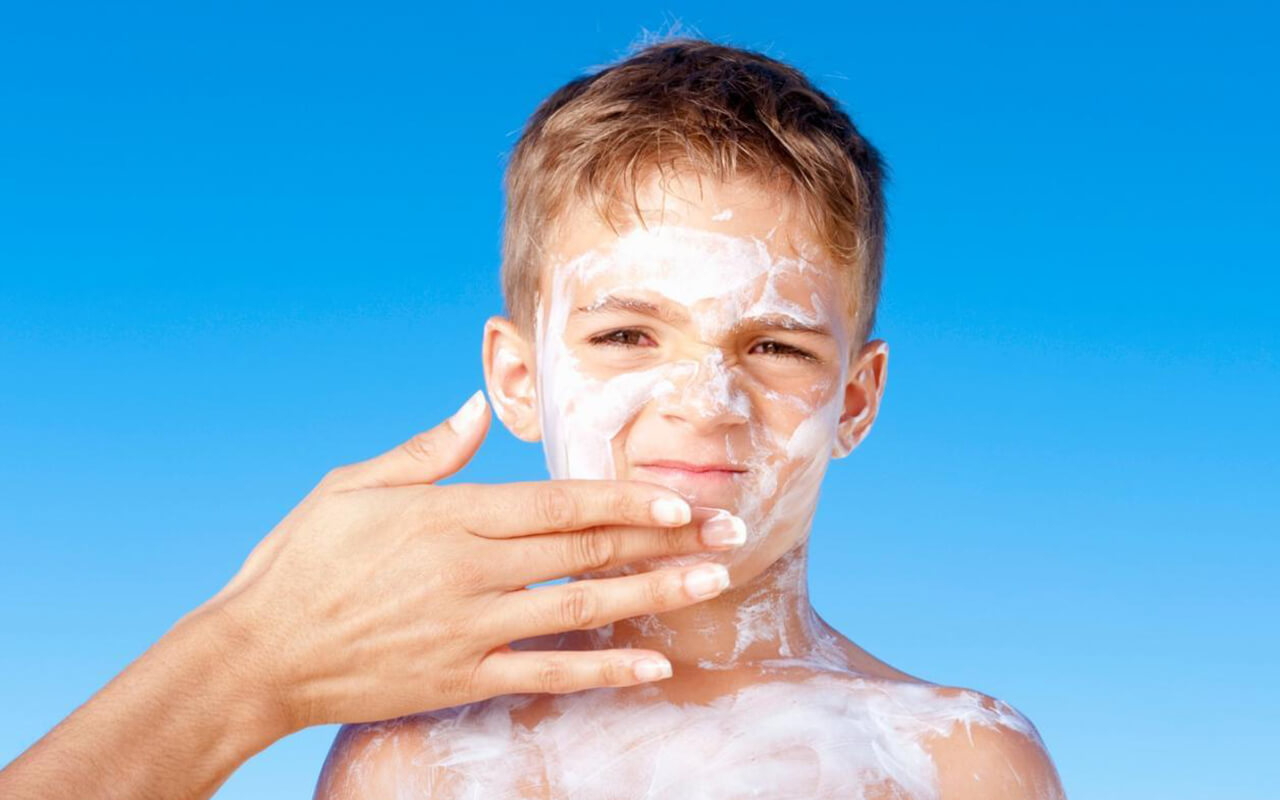All About Sunscreen
Posted August 09, 2017
By now the importance of adequate skin protection is widely known. Skin cancer is the most common cancer in the United States, and the number of Americans who have had skin cancer at some point in the last three decades is estimated to be higher than the number for all other cancers combined. Most cases of melanoma, the deadliest kind of skin cancer, are caused by exposure to ultraviolet (UV) light. The sun’s UV rays can damage your skin in as little as 15 minutes. While there are several steps you can take to limit your exposure to the sun, proper sunscreen selection and application is critical.
Sunscreen Labeling and Differences
All sunscreen comes labeled with a Sun Protection Factor, or SPF, which is the measure of a sunscreen’s ability to prevent ultraviolet B (UVB) light from damaging the skin. SPF 15 filters out approximately 93 percent of all incoming UVB rays. SPF 30 keeps out 97 percent and SPF 50 keeps out 98 percent. Some sunscreen also protects against Ultraviolet A light, as well as UVB.xa0This kind of sunscreen is called broad-spectrum.
While you can find information online about calculating sun exposure times, keep in mind that duration equations are not always accurate and SPF numbers are not supposed to help you determine the amount of time you can remain in the sun after initial application.
Recent changes mandated by the Food and Drug Administration (FDA) have made sunscreen selection a lot easier. Under the new rules, sunscreen can only claim to reduce the risk of skin cancer and early skin aging if it is both broad-spectrum and has an SPF of 15 or higher. Sunscreen that is not broad-spectrum or has an SPF of less than 15 can only claim to prevent sunburn and must include a warning stating it cannot prevent skin cancer or early aging.
Sunscreen products also can no longer claim to be waterproof, only water-resistant, and labels must note a time limit of either 40 or 80 minutes before the sunscreen is ineffective.
Sunscreen Recommendations
While the FDA changes have cleared up confusion regarding the various types of sunscreen, how do you know what type is right for you? The answer can be found in sunscreen recommendations made by the American Academy of Dermatologists. Their suggestions include:
- Choose sunscreen with an SPF of 30 or higher.
- Choose sunscreen that is broad-spectrum.
- Choose sunscreen that is water-resistant.
- Reapply sunscreen at least every two hours, or more often if you’re sweating or jumping in and out of the water.
- Use approximately 1 ounce of sunscreen every time you apply so that you adequately cover your exposed body parts. This is roughly equivalent to a shot-glass full or a glob the size of a golf ball.
On top of these suggestions, it’s always important to keep in mind that:
- The need for sunscreen is not diminished by where you live or your skin type or color.
- UV rays can penetrate both clouds and windows.
- Sunscreen expires. Sunscreen is designed to remain at its original strength for up to three years. Many bottles come with an expiration date.
- Even if you’ve done a lot of tanning or have been sunburned in the past, it is not too late to protect your skin from further damage.

